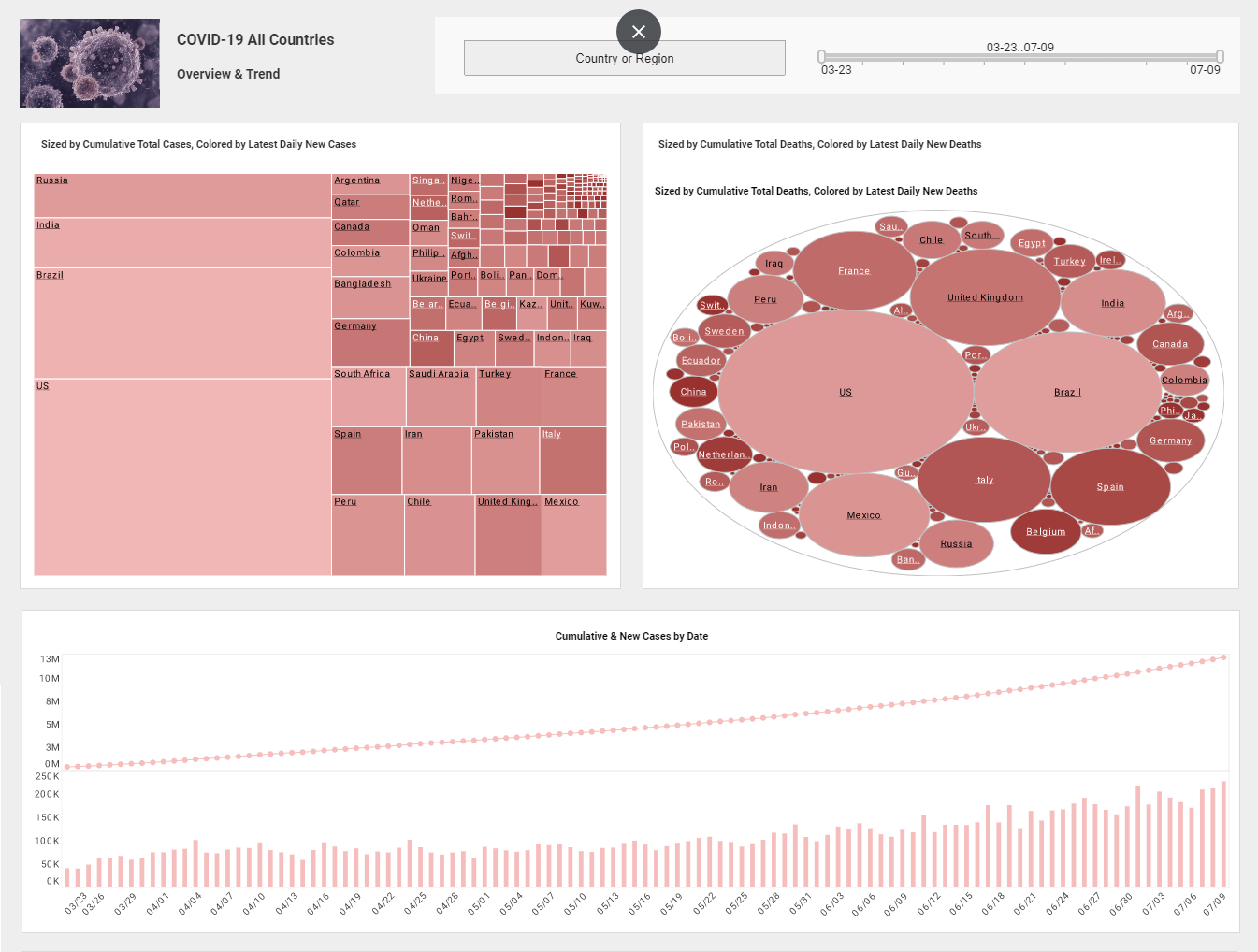Advanced Analytics - Its Definition and Current State
This is the transcript of a podcast hosted by InetSoft on the topic of "Advanced Analytics: Its Definition and Current State." The speaker is Mark Flaherty, CMO at InetSoft.
How do we define advanced analytics? Well, advanced analytics, you can think of it as the deeper dive, a type of more ad hoc analytics that you don’t necessarily know ahead of time. that you haven’t necessarily standardized. As opposed to say a typical BI environment where you have standardized reports. They may have some prompts or options, but they’re pretty well boxed in and canned and standardized.
The advanced analytics is when you start to get into deeper dive ad hoc analytics, all the way up and including data mining, predictive modeling, trying to really get more proactive, predicting rather than retroactively reporting. So what we see as the tie between the two is that as you look at a standardized report in a BI environment, you might see an anomaly, positive or negative that you want to learn more about.
That could kick off some advanced analytics to dig under, diagnose what’s causing it. Is that a good or a bad thing? What might you do next? At the same time you might start with something that’s an ad hoc analytic to begin with. Data visualization is pretty valuable, and over time you could end up transitioning the results into a reporting environment once that logic is defined. So advanced analytics and BI are distinct but inter related, and if they’re both used appropriately, you can get more from both those areas than you would individually.
| #1 Ranking: Read how InetSoft was rated #1 for user adoption in G2's user survey-based index | Read More |
For example, how can advanced analytics help retailers compete in the current economic environment? Well ironically, I think that the initial gut reaction is everybody needs to do less of everything in this kind of environment because you’ve got to save cash. I think analytics, it’s a core of what you have to be doing even more in an environment like this because it comes down to having retailers struggling to keep their customers or getting squeezed on margins.
Anything you can do to make better decisions and save more money and drive more margin is going to be a good thing, and that’s what advanced analytics does. So, I think people need to do it even more in a tough environment like this than they would in a fat happy environment, and in fact, hopefully we’ll see that happen.
When you have a few good years, people say, well we’re making our number every year, why do we need to do anything different, and they don’t think about how much better they could have done on top of that had they done some things a little better. When it’s in a tough environment, they’re looking to do things a little better, and I think that’s where the analytics could really step in and help them take it up a notch.
 |
View live interactive examples in InetSoft's dashboard and visualization gallery. |
One challenge can be getting the skilled analysts on board and getting an organization to embed analytical thinking into their business processes. How do you get retailers started building this competency into this organization?
The first thing is they’ve got to commit to it, commit not just financially but organizationally, to the idea of advanced analytics. It’s a change. You’re going to have somebody up at an executive level saying, we’re going to do more analytical based decision making. That might mean changing some of these long standing practices.
Managers might think they just know the “right answer,” and they’re probably not too wrong, or they wouldn’t have gotten to where they are. The question is can you enhance their decision making. So it’s really about committing to it, getting buy in, and making it not too threatening to those who don’t buy in.
Because it’s not saying that there’s not a place for experience or gut feel. It’s about enhancing those gut feels and experiences with some fact based data that in some cases will give you further backup for those decisions. In some cases, it might help you modify your decision, but you’ve got to start with that commitment.
 |
Read the top 10 reasons for selecting InetSoft as your BI partner. |
Then you’ve got to get the right people going after it. So, starting with some basic problems, solve those, prove that it can work, and get those things pushed out. Then tie them back to the BI environment and the advanced analytics as you start to learn which levers or which data points help make better decisions. As you do this, you begin to make analytics more pervasive and available on a day to day basis through some of your BI environment. So it really again becomes that network effect where it can tie into everything. It’s not completely distinct, nor separate from, but enhances and ties into what’s already in place.


